Is Musosoup worth it?
Here’s my short answer: It can be.
Artists can use Musosoup to get press coverage and playlist placements for their music. There are a lot of solid curators on the platform, and thanks to their submission model (which I’ll discuss in more depth below), campaigns are incredibly easy to set up and results are virtually guaranteed.
But I do have an important caveat…
I personally recommend using Musosoup as a third option for PR campaigns.
Before paying for coverage via Musosoup, I think it’s better to try 1) email submissions and 2) SubmitHub. Neither method provides guaranteed results, and both methods can be incredibly frustrating – but I think they also can lead to better coverage.
I’ll make the case for that below.
And I’m also going to cover my personal experience with Musosoup, the main pros and cons of the platform, and the real results I’ve gotten using it.
All right, let’s get into it. Read on for what I hope is the most thorough and unbiased review of Musosoup that you’ll find anywhere online (yes, including on reddit).
First things first…
What is Musosoup?
Good question.
Here’s my answer: Musosoup is a platform where you can submit your music to curators, with the goal of getting your song added to playlists, featured on social media accounts, and written about on music blogs.
Musosoup puts it this way (this is literally the above-the-fold headline on their homepage as of June 2022):
“Submit to the best blogs, playlists, stations, podcasts, influencers & more.”
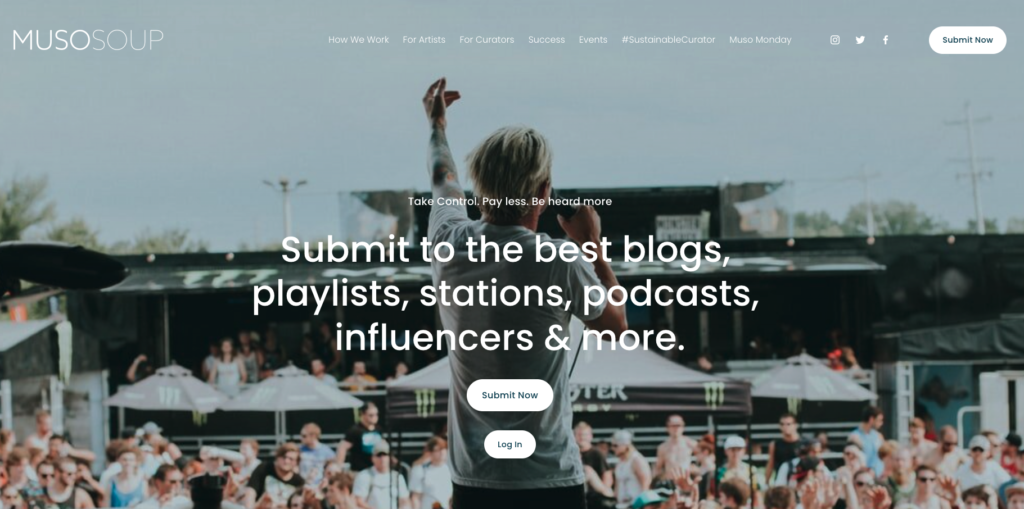
In other words, Musosoup is for artists who are releasing new music and want to get exposure via influencers across a variety of media types. Founded by Chris, the editor of the indie music blog Lost in the Manor, it follows in the footsteps of platforms like SubmitHub, Groover, HumanHuman (which has been discontinued), and others.
But its submission model sets it apart from those competitors in hugely important ways, both good and bad.
Let’s talk about that next.
How does Musosoup work?
Here’s the Musosoup pitch: You pay one time, and your music is submitted to all of the relevant curators on the platform.
This is drastically different from SubmitHub, where you have to hand-select each curator to whom you want to send your music. It’s also pretty different from Playlist Push, where you pay once, but your cost is dependent on the number and size of the curators you’re sent to.
On Musosoup, you pay a one-time fee of £24 (which currently converts to about 30 USD) and you’re sent to every relevant curator.
The process works like this:
1. You submit your music to Musosoup.
Hit the “Submit” button on the Musosoup homepage, and you’ll be prompted to create an account. From there, you’ll be taken to a submission wizard where you’ll upload and fill in information about yourself and your music.
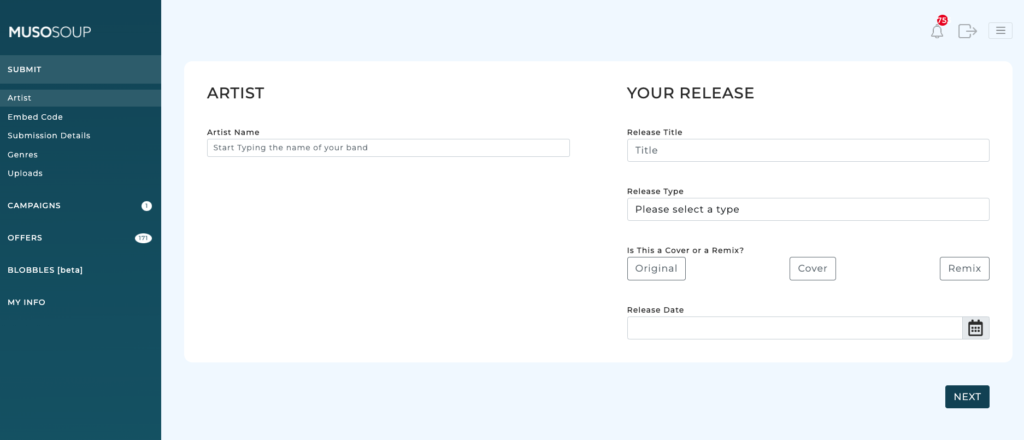
Here’s what the first page of that process looks like:
It’s all pretty straightforward. You’ll do stuff like:
- Set your release date
- Note whether you’re submitting a single or an album
- Tag relevant genres
- Upload your press kit (you need a written press release and photos to run a campaign)
- Paste in the embed code to your song (your song has to be live on Soundcloud or Spotify for this)
Assuming you’ve got a press release written already, the whole process takes like 10 minutes. Then, once you’ve filled everything out, you’ll submit your music for approval, which leads to the next step…
2. Your music is approved by the Musosoup team.
Once you submit, you’ll be taken to a screen telling you that your music is “in review.” When it’s been approved, you’ll get an email asking you to activate your campaign.
Two notes on this:
1. You don’t pay the campaign fee until your song has been approved by Musosoup’s team and you “activate” your campaign. That’s ostensibly for quality control, with the idea being that songs will only be approved if they have a good chance at getting coverage. Hypothetically, this means that you’re only ever paying for results.
That’s nice, but…
2. I’ve literally never had a song get rejected, so I kind of doubt the validity of the review process. I’ve submitted songs I thought were mediocre – all of them got approved. I’ve run a test where, instead of a written press release, I uploaded a random photo of a dog that I’d saved as a .pdf. The submission was approved without issue.
The takeaway: The Musosoup team might review songs and submissions, but they definitely don’t review them very thoroughly.
3. Your music is sent to every curator on the platform.
Per Musosoup, there are around 200 curators currently on their network – and, again, your music will be sent to each and every one.
This is a mixed bag.
On the one hand, a single submission process for 200 curators dramatically simplifies things for you. You can set up a Musosoup campaign in like 10 minutes; it takes me hours to run SubmitHub campaigns, and even longer to email or message curators directly.
But on the other hand, sending to 200 curators without much of a filter makes things weird, too.
I’ll get into the pros and cons of this approach in a bit.
4. Curators have 45 days to respond to your submission and make you an offer for coverage.
Campaigns live for 45 days, and curators have a chance to check out your song over the length of that whole period. I’ve gotten new offers on Day 45.
You’ll see offers for coverage pop up in your account when curators accept your music; you’ll also be notified by email whenever a curator accepts your stuff.
Here’s what the offers page looks like:
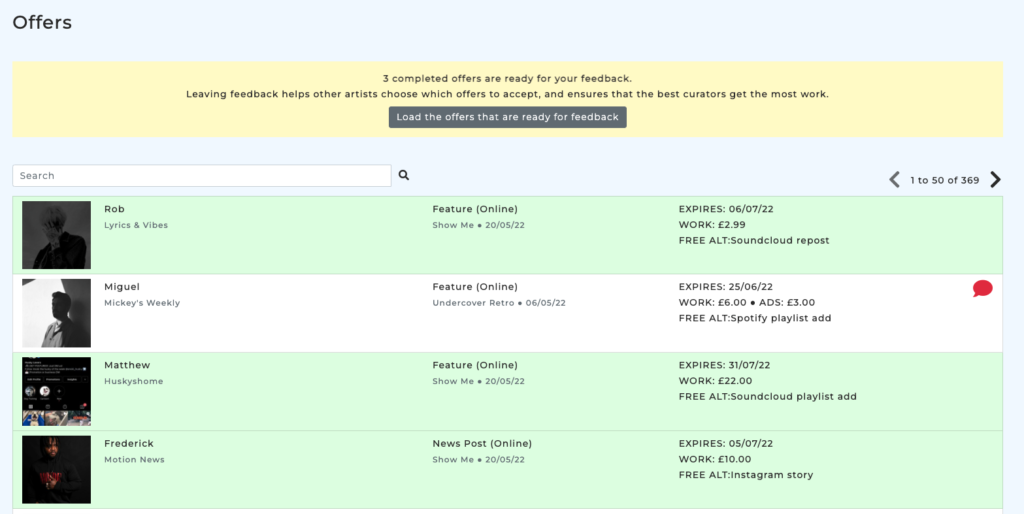
5. You approve any offers that you like, then the curator covers your music.
You can click into offers to approve them (and you almost definitely will get offers for coverage to approve).
But there’s a catch – you’ll probably end up paying more to turn those offers into results.
Here’s how it works: Curators review submissions and accept or decline them for coverage. If a curator accepts a submission, Musosoup requires that they provide a “free” coverage option, but also enables them to offer a “paid” coverage option.
Here’s what an offer from a curator looks like:
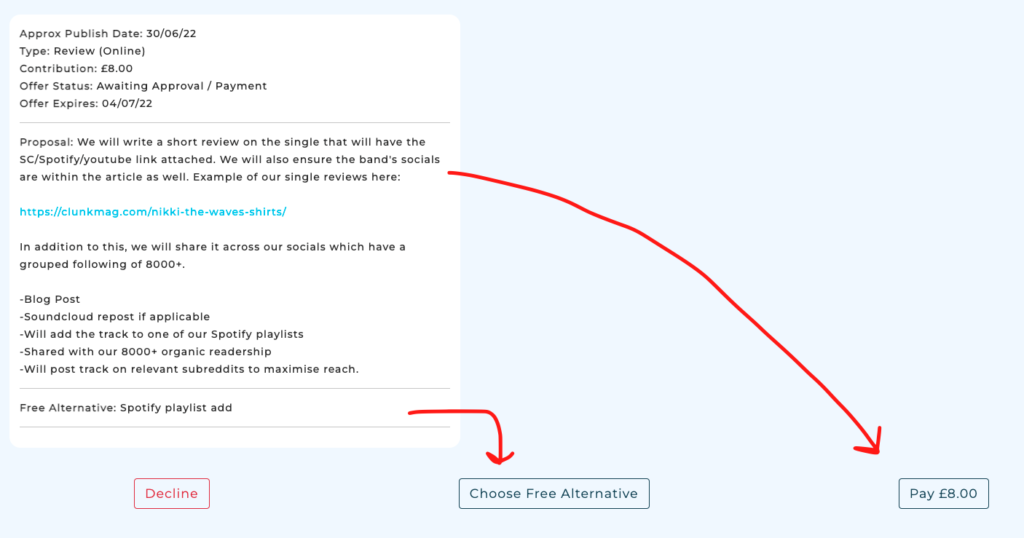
(Note: If the text on that image👆 is too small, I think you can click to blow it up.)
The offer in that image is pretty standard. Often, the “free” option is something like a quick review or a playlist add; the “paid” option is typically something cooler, like an in-depth interview or a longer review.
And that’s the bad news: Functionally, I’ve found that nearly every impactful coverage placement is “paid”.
In other words, your Musosoup cost probably won’t be a flat £24; you’ll pay for your campaign, and then you’ll also pay curators for pretty much any meaningful coverage that you get.
I get why Musosoup does this, but I don’t love it. More on why I think it’s lame in a little bit – but first, let’s talk about the results.
How I’ve used Musosoup
Quick backstory time: I run a boutique PR firm called Two Story Media where we help indie artists get articles written about their music.
It used to be that our work was almost entirely over email. But, over the past 10-ish years, outlets and curators have migrated to platforms like SubmitHub and Musosoup in order to get paid for their work. We want to submit to relevant outlets, so, today, almost all of our campaigns include submissions via these third-party platforms.
Musosoup is one of the newer ones. I’ve only been incorporating them into our work for about the last year, but in that time, I’ve run about a dozen campaigns for releases across a wide range of genres.
I think those campaigns have given me a pretty fair perspective on what you can expect.
Here’s what I’ve seen.
The results I’ve gotten using Musosoup
First, I want to note that literally every campaign I’ve run on Musosoup has resulted in coverage that my clients have been pleased with.
There are a bunch of good outlets on Musosoup, including:
- Existential Mag
- Clunk
- Clout
- Indie Top 39
- She Makes Music
And plenty of others. The strength of the network leads to placements like these:
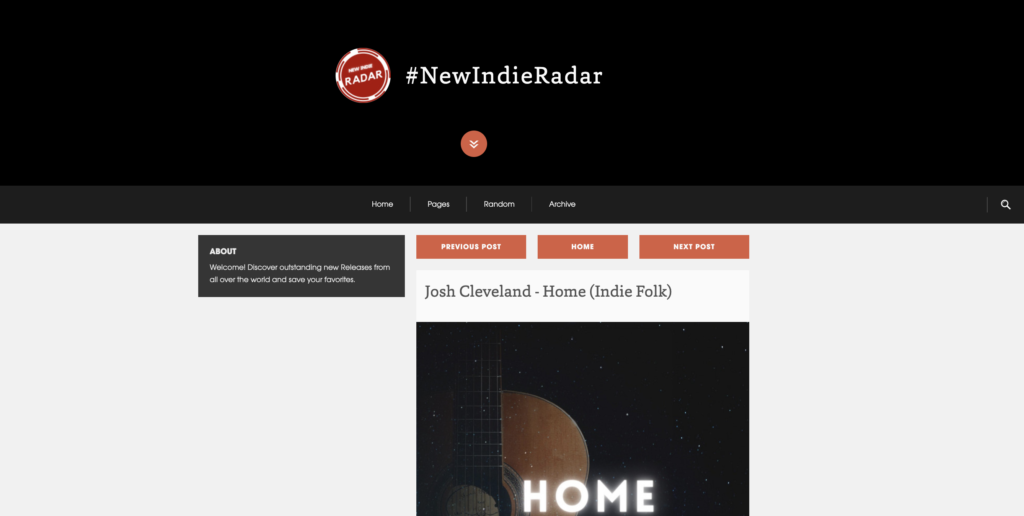
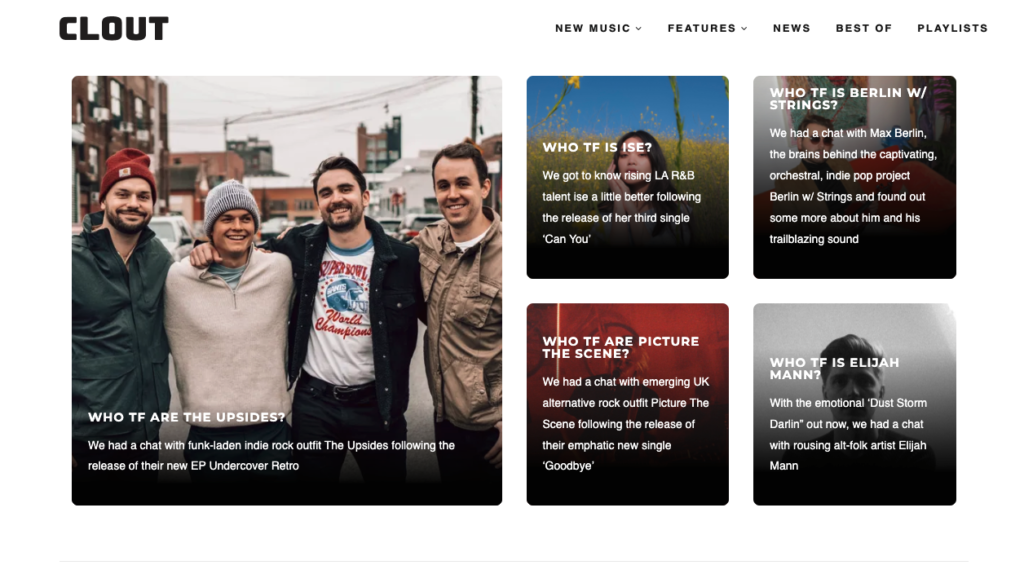
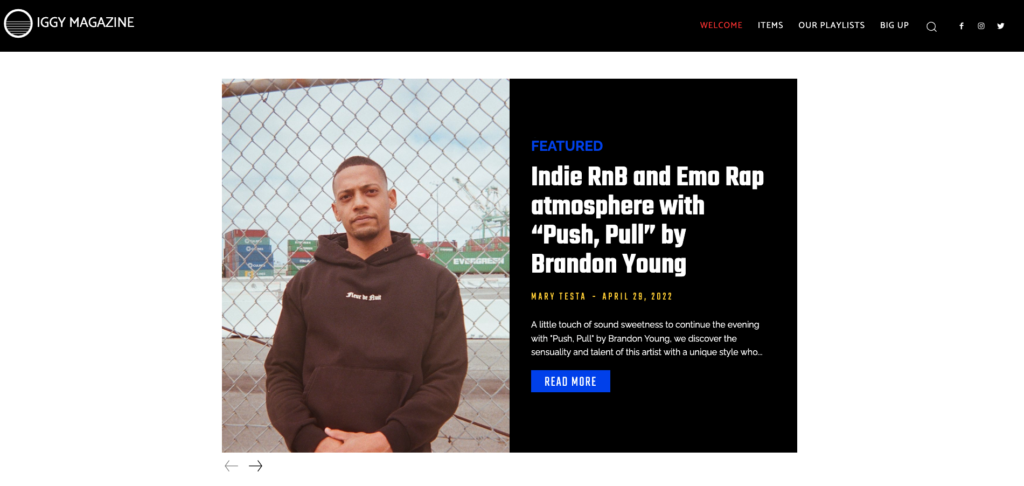
👆 Yeah, each of those articles came from a Musosoup submission.
And playlist placements, come, too. To be honest, at Two Story Media, we’re typically more focused on press and less focused on getting playlist placements – but thanks to Musosoup, we’ve gotten those as well.
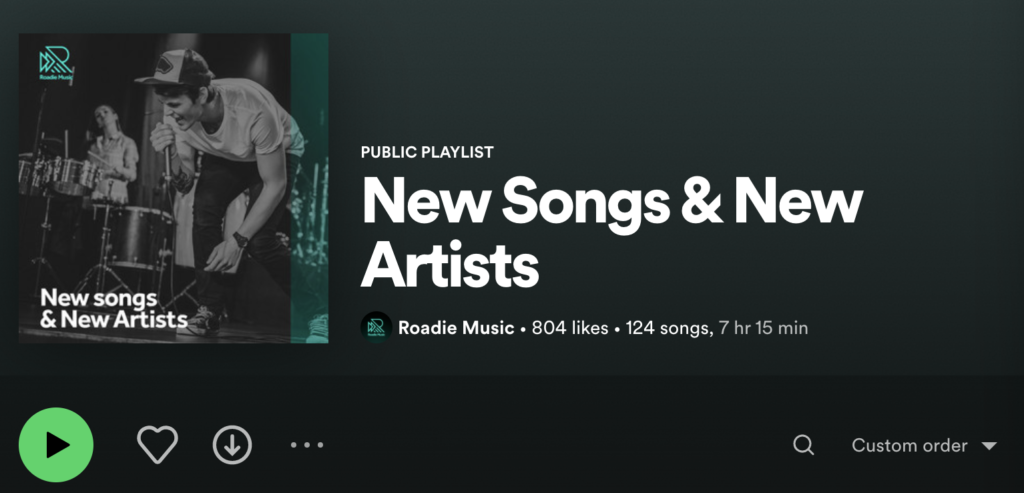
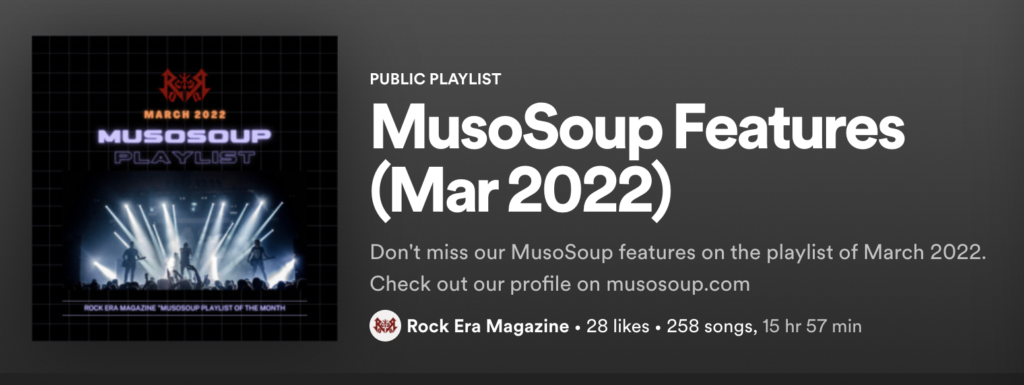
Despite the fact that we use the platform primarily for press, I think that literally every campaign I’ve run has resulted in at least one playlist add.
The takeaway: Musosoup definitely works.
But it’s not all sunshine and roses. Because of the model, there are a few major drawbacks to the platform.
Here’s how I’d break things down.
The pros of Musosoup are that:
It’s super easy to submit. I’ve said this multiple times, but, thanks to their model, Musosoup is much easier to use than any other platform. If you just don’t have any time to run PR, this is the platform to choose.
There are a bunch of good curators on the platform. And, from what I’ve found, you have a better chance at getting covered via Musosoup than you do via SubmitHub. (I’ve been rejected on SubmitHub and approved on Musosoup for the same song.)
Speaking of which..
You’re virtually guaranteed to get coverage. I mean this in two ways. First, out of the 12 campaigns I’ve run, every single one has gotten multiple offers for coverage which have led to multiple placements. Second, Musosoup actually does guarantee that you’ll get coverage. If you don’t, they’ll give you a coupon for a free campaign.
The cons of Musosoup are that:
You’re paying for coverage.
(Cracks knuckles / clears throat / steps up onto a soapbox.)
Not only does this make your campaign more expensive, it also opens a whole, ugly can of worms.
In my opinion, Musosoup’s model – where you get “paid” offers – is dangerously close to payola. I’d stop short of saying it is payola, but it’s definitely somewhere near the line. And, however you classify it, there’s no denying the fact that the monetary incentives of Musosoup lead to less meaningful coverage.
Here’s how that plays out: Over the course of 12 campaigns, I’ve found that there are about 30 or 40 outlets that always make an offer for coverage because they’ll get paid for it.
Most of these outlets literally copy and paste the same acceptance note and coverage offer over and over.
You won’t notice this if you’re running your first campaign – I didn’t. But then I got the exact same note for another artist. And then I got it again. And again.
Look, I get the struggle for curators. I’m a curator myself for Two Story Melody, and I’ll be the first to tell you that the work of covering music is valuable, time-consuming, and undervalued. I can understand copying and pasting an offer to save time – and I can understand wanting to be paid for the time spent writing an article. Musosoup’s model, where curators are paid more than fifty cents for that, is the reason those same curators gush so much over it.
But here’s the truth: Once you introduce monetary incentive, the quality of coverage suffers.
I’ve learned this firsthand at Two Story Melody. When I first started the blog, I didn’t know what payola was. I actually asked artists to pay for their coverage, straight-up. I told myself that the money wouldn’t bias which artists I selected – but, after a few months, I had to admit that it did.
It’s human nature to choose to work for a reward (money) when faced with the choice between that and nothing. And that’s the issue; Musosoup’s model incentivizes outlets to cover everything.
If you’re an outlet that does cover everything, your coverage will be inherently bad – because some submissions just aren’t good, and because you’ll have no genre filter, which means you’ll have no engaged audience.
Long-story-short, it’s clear that a fair number of outlets on Musosoup only accept submissions because they’ll get paid for the coverage – and that both increases the cost that artists pay and sucks the value from the coverage.
I get why Musosoup works this way. I see the value in it, even. But, at the end of the day, I don’t like it.
(Steps down from soapbox.)
Musosoup versus SubmitHub, Groover, Playlist Push
So, how’s Musosoup compare to its competitors at the end of the day? Well, that whole spiel above is why I’d use Musosoup as a third option for promoting your music.
First, I’d email curators directly.
This is really time-consuming, but it leads to the best (and typically the longest-lasting) relationships. You’ll always have to pay to send a curator your track on a third-party platform like SubmitHub or Musosoup, but you’ll have a free, direct line of communication if you can make a connection via email.
Second, I’d use SubmitHub or Groover for press coverage and Playlist Push for playlist placements.
I’ve reviewed SubmitHub in depth here and Groover in depth here. My overall verdict is that, because both platforms don’t pay curators for more meaningful coverage, the coverage you get from them tends to be higher in quality.
And, from what I’ve found, Playlist Push gives you the best chance at meaningful playlist placements (and it’s not that close). It is more expensive, though.
Third, I’d use Musosoup.
There are two scenarios in which I think Musosoup makes a lot of sense:
- If you just don’t have time, it’s the fastest option for PR.
- If you’ve pitched via email and SubmitHub but want more results, Musosoup can help.
Because, again, when you use Musosoup, you’re basically guaranteed to get coverage. You’ll only get great coverage sometimes – but you’ll always get some kind of coverage. And if you’ve poured your heart into a song and haven’t seen great results on other platforms, some coverage is probably worth it.
Final thoughts on Musosoup
Music promotion is a tough game. Musosoup takes a good-hearted stab at making it easier, but by introducing a monetary incentive to coverage, it also sucks some of the meaning from the results.
All of that said, Musosoup can be a tool in the box if you’re looking for press placements and playlist adds.
It works. I just don’t love the way that it works.
Hope this review has been helpful, and here’s wishing you good luck as you pursue promotion – and, above all, keep making beautiful music.








